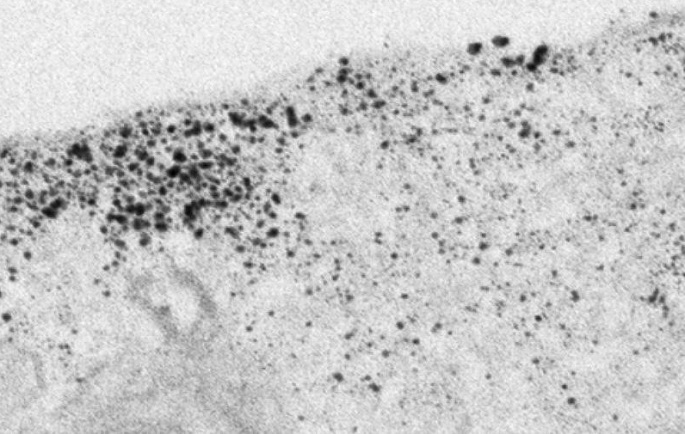Harmful tau protein worsens Alzheimer’s most
Published : 21 Nov 2018, 02:43
Updated : 21 Nov 2018, 10:49
Researchers at the University of Helsinki have discovered a mechanism by which harmful tau protein aggregates are transmitted between neurons, said a press release on Tuesday.
Alongside amyloid plaques, tau aggregates in the brain are a significant factor in the progression of Alzheimer’s disease.
Alzheimer’s disease is associated with two neuropathologies: amyloid plaques and tau aggregates, or tau protein accumulated in neurofibrillary tangles in neurons. Brain amyloid plaques are the better known pathology, but the significance of tau to disease progression is equally important.
“It seems that in Alzheimer’s disease, amyloid accumulation in the brain starts first, but symptoms typically occur after the amyloid pathology induces the tau pathology, at which point neuronal cell death and the loss of synapses start to accelerate,” said Henri Huttunen, a docent at the Neuroscience Centre of the University of Helsinki.
He said, “It looks like tau accumulation is the really harmful element of the disease.”
Tau also occurs in healthy neurons, but the accumulation of incorrectly folded, pathological tau plays a key role in Alzheimer’s.
Earlier, it was thought that tau aggregates only gain access outside cells once the cells die, but in recent years it has been found that tau pathology can move from sick to healthy cells. Prior to this, however, the molecular mechanisms that help tau penetrate the cell membrane have not been understood.
The report of the recent study by Henri Huttunen’s and Riikka-Liisa Uronen’s group was published in the Cell Reports journal, according to which the accumulation of pathological tau triggers a safety valve mechanism in the otherwise well-regulated cell membrane.
“As the regulatory mechanisms of the tau protein give in, the protein ends up in the cell membrane, instead of the cell’s cytoskeleton. The cholesterol-rich lipid rafts of the cell membrane seem to play a central role in this tau secretion mechanism,” Huttunen said.
The study used cultured neurons and tailored reporter proteins to closely observe tau transfer between cells.
From the perspective of drug development, the finding introduces a novel mechanism at which pharmacological molecules can be targeted. The accumulation of tau and amyloid into cerebrospinal fluid and the brain is already being used in disease diagnostics.
Molecular data on how tau interacts with cell membranes can potentially be used in slowing down Alzheimer’s disease and other diseases that belong to a group known as tauopathies.
Unlike amyloid plaques, tau protein aggregates also occur in other neurodegenerative diseases, such as frontotemporal dementia.
“Currently we are only able to treat the symptoms of these disorders, which makes the development of a treatment that slows down disease progression an important goal,” remarked Huttunen.


